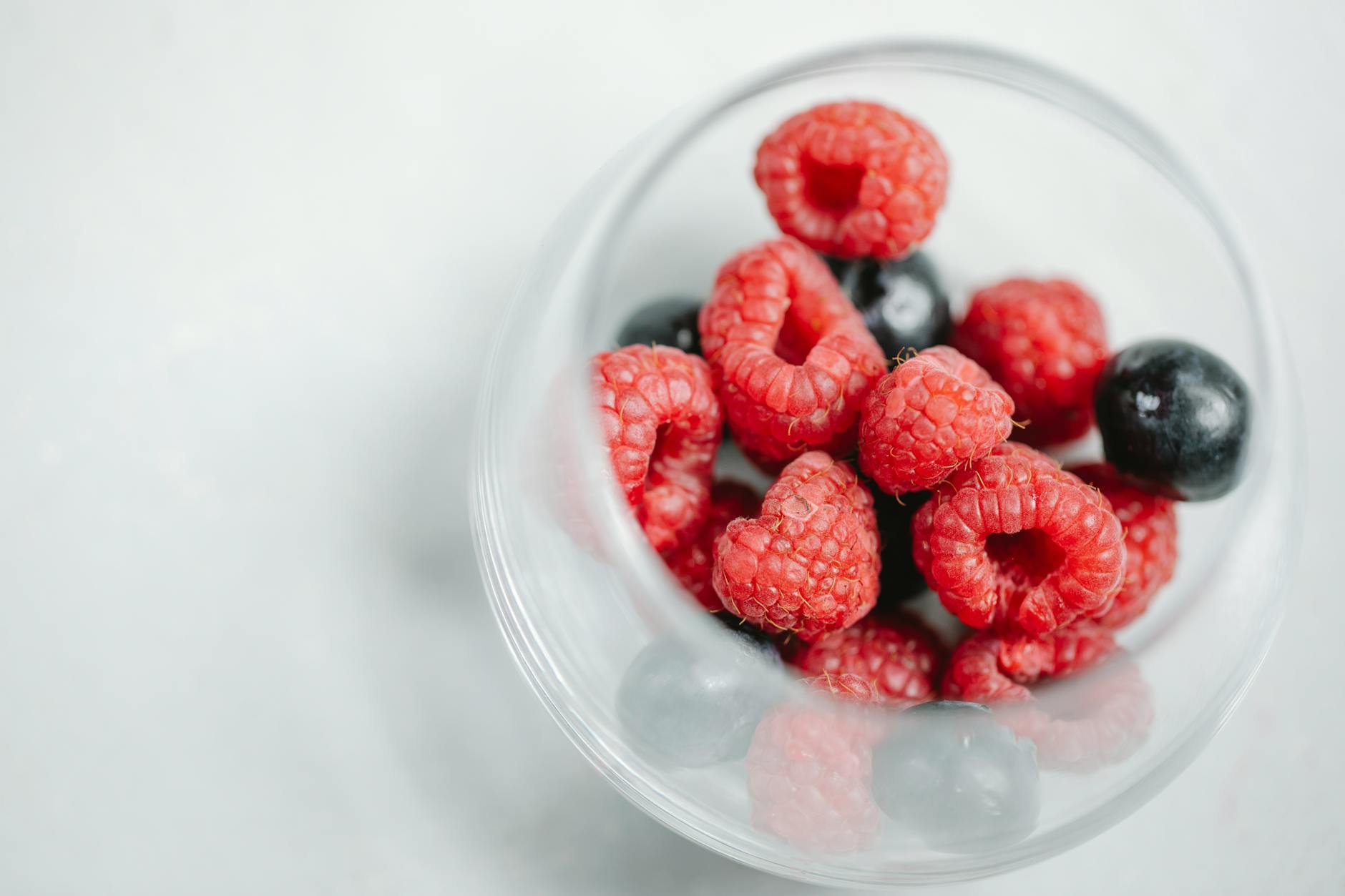Decoding Cooking Measurements
Getting a grip on cooking measurements is a game changer in the kitchen. Whether you’re sticking to a recipe like glue or winging it a bit with ingredient amounts, nailing the right measurements gets you the dish you dreamed of.
The Importance of Accurate Measurements
The truth is, how much of each ingredient you use can make or break your dish. Hit the mark with your measurements, and you get flavors that sing, textures that feel just right, and a dish that just works. Whether it’s liquids, solids, or powders, getting those numbers right takes a meal from “meh” to “wow.”
For sticking to the recipe like a pro, use units like cups, teaspoons, tablespoons, ounces, and grams. These trusty measurements help you whip up a dish that tastes the same every time. Need more guidance? Check out our roundup on measurements for cooking.
Common Units Used in Cooking
Cooking involves a whole bunch of measurements. Here’s a quick cheat sheet on the most-used units you’ll bump into while whipping up a meal:
| Measurement Unit | Abbreviation | Equivalent |
|---|---|---|
| Cup | C | 1 cup = 8 fl oz = 16 tbsp |
| Teaspoon | tsp | 1 teaspoon = 5 mL |
| Tablespoon | tbsp | 1 tablespoon = 3 tsp = 15 mL |
| Ounce | oz | 1 oz = 28.35 grams |
| Gram | g | 1 gram ≈ 0.035273 oz |
Getting to know these units and how they swap over means you’re ready to tackle any recipe with a cool head. Whether you’re pouring milk by the cup, sprinkling spices by the teaspoon, or weighing flour in grams, mastering these measurements lets you tackle any cooking adventure with flair. Curious about the whole cup-to-grams thing? Dive into our guide on how many grams in a cup?.
Converting Cups to Grams
Cooking’s all about getting those measurements just right—and that means figuring out how to switch between cups and grams. Sure, ingredients don’t all weigh the same (those sneaky densities!), but with a few handy tips, you’ll be breezing through your recipes like a pro.
Understanding Why Measurements Aren’t Equal
Turning cup measurements into grams can be its own little puzzle, thanks to ingredients having different “weights” per se. Flour is a feather, sugar’s a rock. That’s a bit dramatic, but you get what I mean. Each ingredient’s got its own weight. Here’s a quick cheat sheet to get you started with the usual suspects in the kitchen:
| Ingredient | Grams per Cup |
|---|---|
| All-Purpose Flour | 120g |
| Granulated Sugar | 200g |
| Brown Sugar | 220g |
| Butter | 227g |
| Milk | 240g |
| Water | 240g |
| Rice (uncooked) | 200g |
| Oats | 90g |
Simple Tips for Converting Cups to Grams
These numbers will get you going, but hey, they’re not gospel. Want precision? Follow these tricks:
-
Get a Kitchen Scale: Your best buddy in the kitchen. Weigh it out to hit the mark every time.
-
Recipe Breakdowns: Some recipes spill the beans on exact conversions. Check those notes!
-
Density Know-How: Ingredients act differently. 1 cup of sugar isn’t the same beast as 1 cup of flour. Understanding why helps.
-
Fluff and Settle: Give that flour a little toss before scooping. It’s like magic—light and airy instead of brick-like.
Mind these steps, call out the variability, and you’re set for cooking success. Not convinced? We’ve got more to say in our measurements for cooking guide. Dive in and get to cooking glory!





